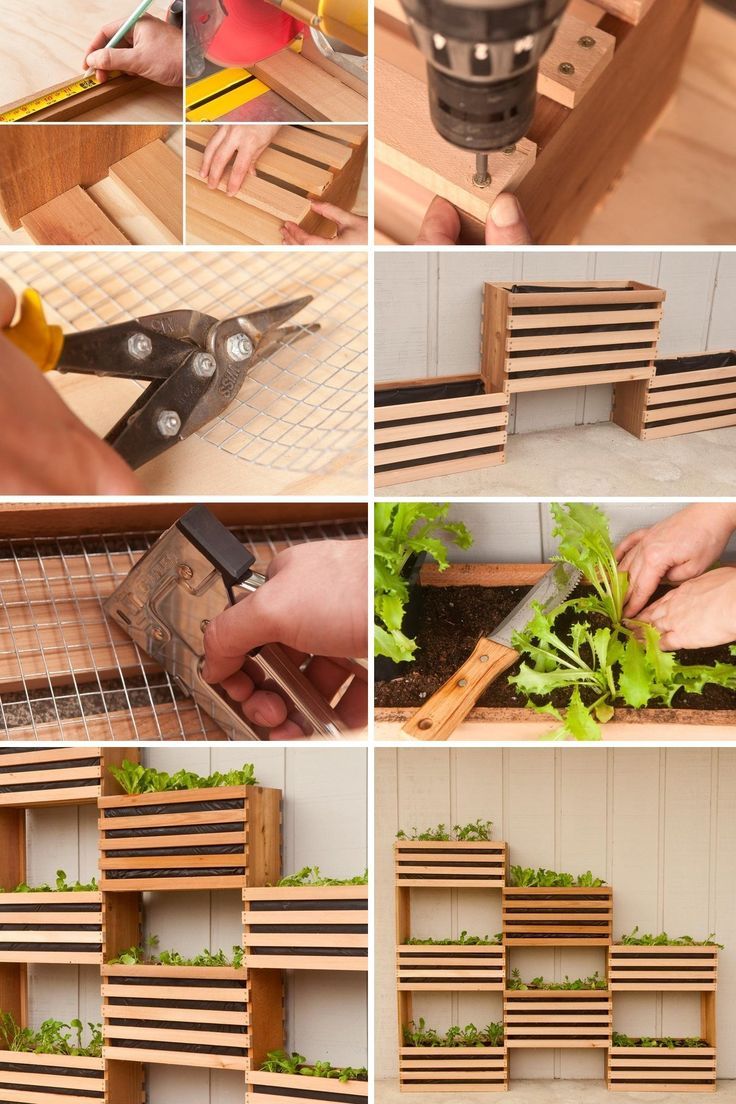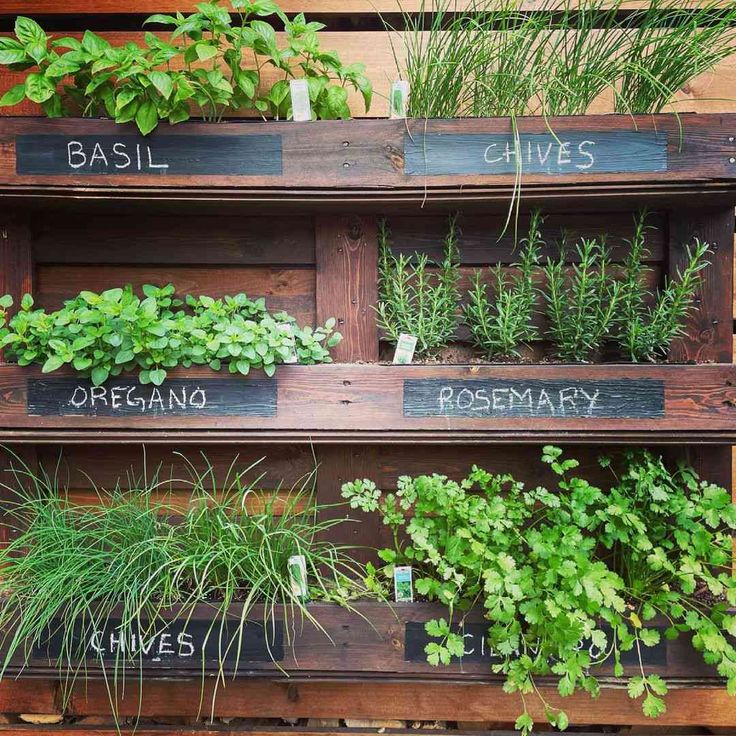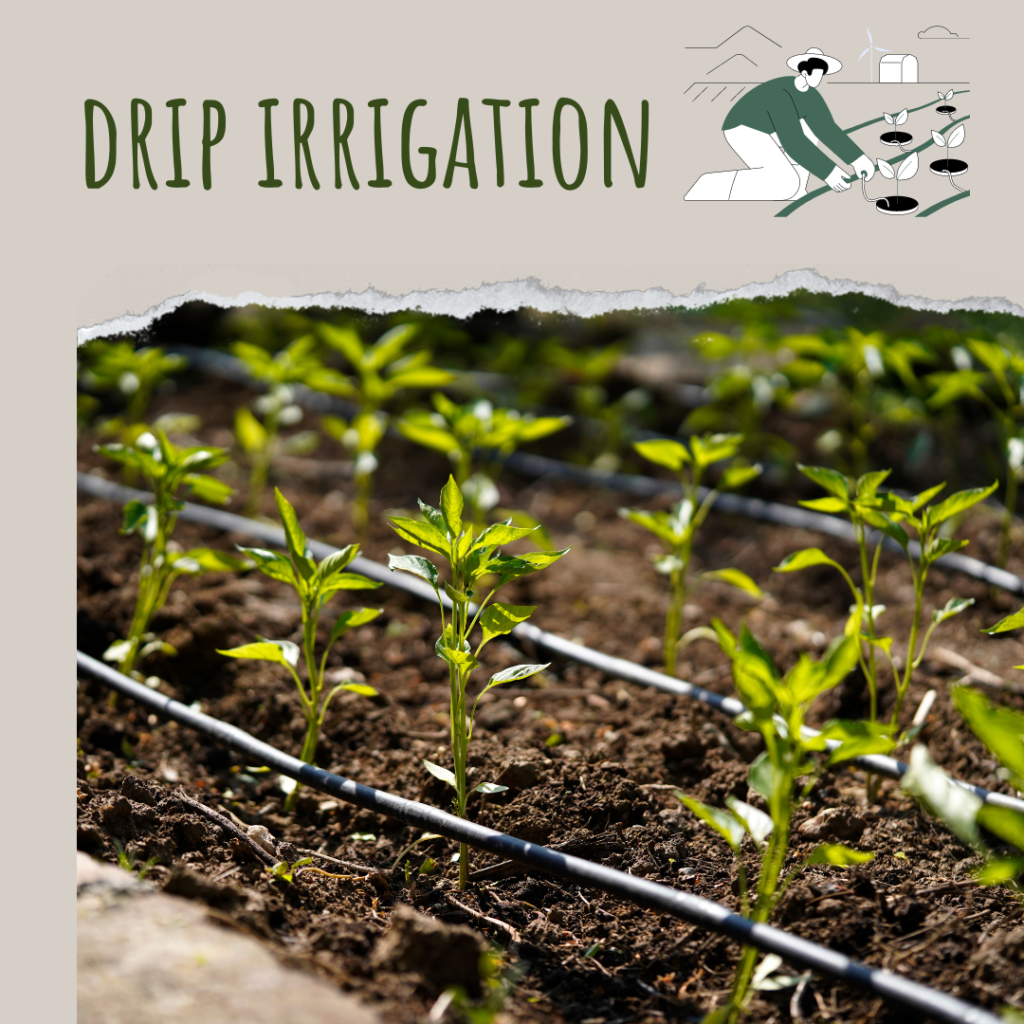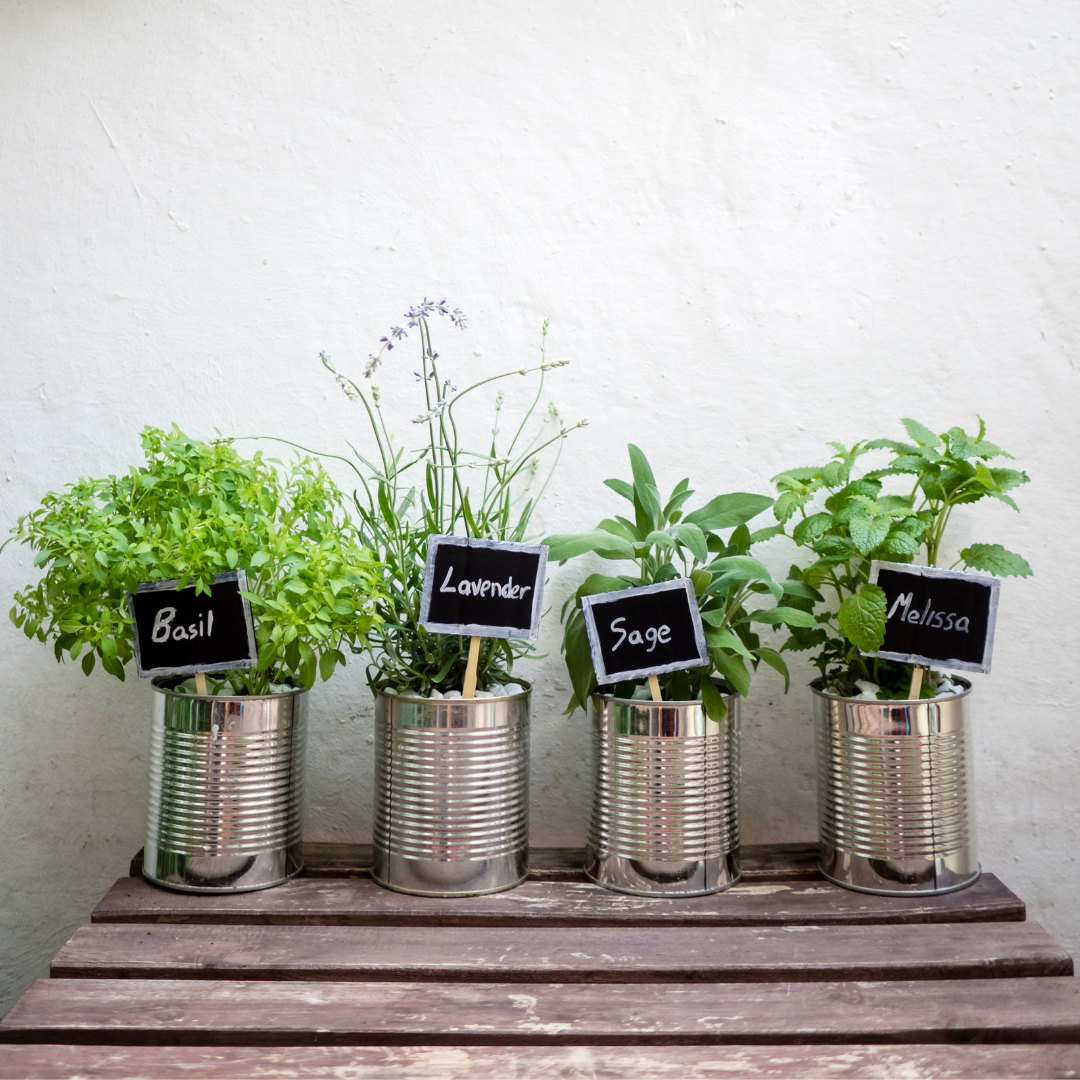Expanding vertically in your garden maximizes space efficiency, allowing diverse plants in small areas like balconies.

It enhances air quality, adds visual appeal, and promotes biodiversity by creating habitats for beneficial insects.
Scaling up also boosts your harvest of fresh produce, from herbs to vegetables, fostering sustainability and reducing reliance on store-bought goods.
Overall, vertical gardening combines practicality with environmental benefits, making it a rewarding choice for both urban and traditional gardeners aiming to optimize space and cultivate a greener, more diverse ecosystem at home.
Planning Your Vertical Garden Expansion: Step-by-Step Guide
Expanding your vertical garden can be a great way to grow more plants in small spaces. Here’s a simple guide to help you plan and execute your garden expansion smoothly:

Step 1: Assess Your Space
Start by looking around your home or garden for places where you can put your vertical garden.
Find walls, fences, or even corners that get enough sunlight. Measure the height and width of these spaces to see how much room you have for your plants.
Step 2: Check the Strength
Make sure the walls or supports where you want to grow your garden are strong enough to hold plants, soil, and water.
If they seem weak, you might need to reinforce them with stronger materials to keep your garden safe.
Step 3: Choose Your Plants
Pick plants that grow well vertically, like climbers, vegetables, or herbs.
Here is how to choose the right plants!
Choose plants that need similar amounts of sunlight and water so they can all grow together happily.
Step 4: Plan for
Think about using materials that are good for the environment. You can use things that have been recycled to build your garden structures and save money.

Use organic soil and compost to help your plants grow without chemicals.
Pick native plants that are already used to your area’s weather and soil. This helps them develop better and need less care.
Step 5: Design Your Garden Layout
Draw a simple plan of how you want your garden to look. Decide where to put things like trellises, vertical planters, or special walls for your plants.

Put taller plants or ones that need more sunlight higher up and plants that like shade lower down. This way, all your plants can grow well together.
Step 6: Install and Take Care
Set up your garden structures like trellises or planters securely. Make sure they are stable and won’t fall over.
Set up a watering system that gives your plants the right amount of water they need. Fill your planters with good soil and plant your chosen plants carefully.
Check your garden regularly to make sure your plants are healthy, water them when needed, and trim them so they grow the way you want.
Implementing Sustainable Practices in Your Vertical Garden
Creating a sustainable vertical garden involves using eco-friendly methods that are good for both your plants and the environment.
Here’s how you can implement sustainable practices in your garden:
1. Water Conservation
Save water by using smart irrigation techniques:

- Drip Irrigation: Install a drip irrigation system that delivers water directly to the plant roots, reducing water waste.
- Rainwater Harvesting: Collect rainwater in barrels or tanks and use it to water your plants. It’s free and better for your plants than tap water.
- Mulching: Add mulch around your plants to retain moisture in the soil, reducing the need for frequent watering.
2. Soil Health
Maintain healthy soil without chemicals:

- Organic Soil: Use organic soil and compost to provide nutrients to your plants naturally. It’s better for the environment and helps your plants grow strong.
- Composting: Make your own compost from kitchen scraps and garden waste. It enriches the soil and reduces landfill waste.
3. Plant Selection
Choose plants that are suited to your local climate and conditions:
Choose the right plants!
- Native Plants: Select native plants that are adapted to your region’s weather and soil. They require less water and maintenance, promoting biodiversity.
- Drought-Tolerant Plants: Opt for plants that can survive with less water once established, reducing your garden’s water needs.
4. Pest Management
Control pests using natural methods:

- Beneficial Insects: Attract beneficial insects like ladybugs and lacewings that eat pests like aphids. Avoid using chemical pesticides that can harm beneficial insects.
- Companion Planting: Plant herbs and flowers that repel pests naturally, such as marigolds or basil, near your vegetables.
5. Energy Efficiency
Reduce energy consumption in your garden:
- Solar-Powered Lights: Use solar lights to illuminate your garden at night. They harness energy from the sun, reducing electricity usage.
- Manual Tools: Use hand tools instead of electric ones whenever possible. It saves energy and gives you a good workout!
6. Recycling and Upcycling
Reuse materials to reduce waste:

- Recycled Containers: Use old containers or materials to create planters or garden structures. It’s a creative way to reduce waste and save money.
- Upcycled Decor: Turn old items like pallets or tin cans into vertical garden features. It adds a unique touch to your garden while being eco-friendly.
By implementing these sustainable practices, you can create a thriving vertical garden that benefits both your plants and the planet.
Conclusion
Expanding your vertical garden sustainably is a rewarding endeavor that maximizes space, promotes environmental stewardship, and enhances your living environment.
By carefully planning, selecting appropriate plants and structures, and implementing sustainable practices, you can create a thriving vertical garden that benefits both you and the planet.
Embrace the journey of scaling up and enjoy the myriad benefits of a sustainable, green oasis.









